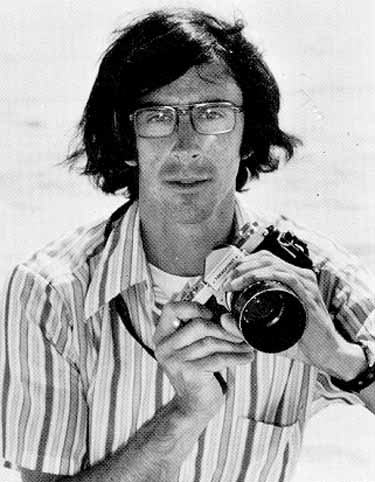
Realizing the fact that cultures and civilizations from all over the world have distinct ways of approaching and interpreting art to express their identities, there might be one thing that they have in common: telling stories through photos. For example, it might be difficult for a lot of people who have no familiarity with music from the far-east of the globe to differentiate between J-pop and K-pop, while it’s easy for almost all people to tell what story lies behind a picture.
Since media is considered a major factor in spreading all forms of art in this century, the art of photography is no exception. It is that form of art that’s everywhere and we don’t often notice in our daily lives. It may not be as professional or spectacular as it sounds like from the name itself, but we do encounter it a lot in a single day. The simplest example that I can think of at the top my head is about something that you can’t leave your house without such as your national ID card, your health card, your driver’s license, or even your passport. But have you ever thought of that picture of yourself printed on either national documents? I mean, who took those pictures of you? Of course it wasn't anengineer or a doctor because each individual has its own role in order for a society to function well. To answer the preceding question, that person is definitely a photographer.

Like other cultures of art, photography has its own subcultures as well. As some photographers work in professional studios where people are usually the ones that would come to them to be photographed, others travel from a country to another for the sake of having a close-up of what they want to take a picture of because of the nature of their jobs, such as photography journalists.
Apart from considering photography as a career, some people enjoy it as a hobby. Many people would usually buy professional cameras, take creative shots, (maybe) edit them with special softwares like Adobe Photoshop, and publish them to online photography galleries such as Flickr or istockphoto to share them with people from different regions of the world. Those able photographers would even make money out of their photos by selling them to people who might be interested in photography. In relation to the cultural theories, this sort of collaboration between photographers and people in a society clearly serves the interaction theory of a culture, in which two or more members in a society work to benefit from each other without being suppressed by outer powers.

No comments:
Post a Comment
Note: Only a member of this blog may post a comment.